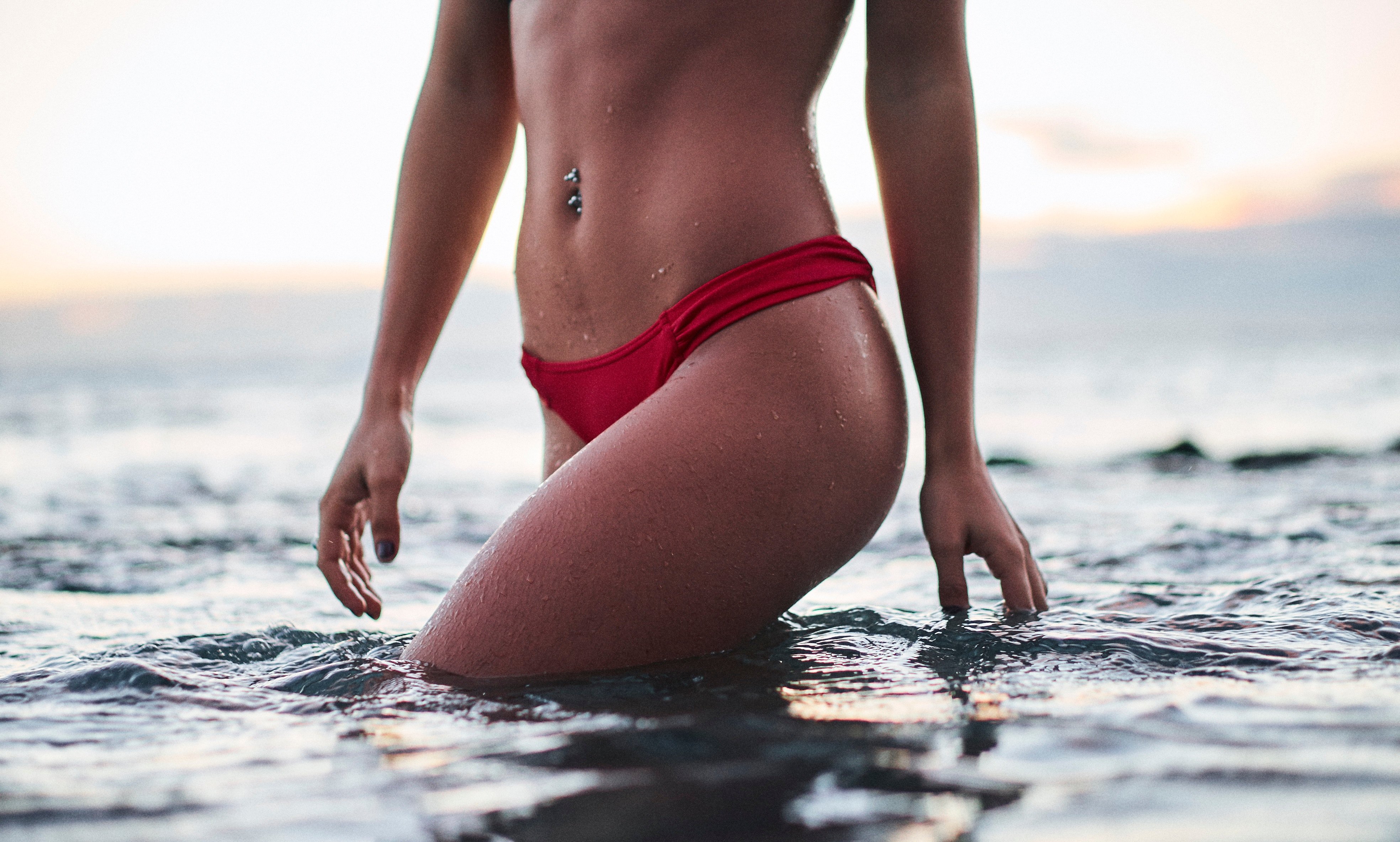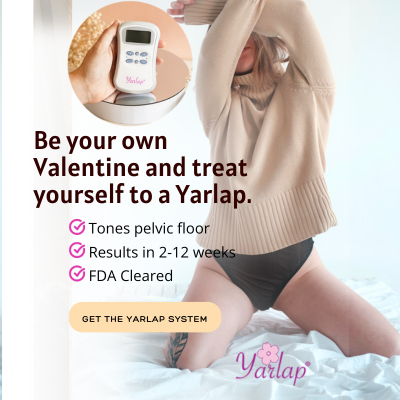Let’s face it—nobody likes getting their period.
It’s messy, a big hassle, and makes us feel pretty terrible.
But, perhaps, the worst thing is how expensive it can be. Maybe you’re like me and have a heavy period. Ack! In an average month, I find myself using an entire box of tampons and an entire box of pads.
This expense really adds up over the course of a year. It’s basically a tax on women, and it doesn’t make me happy to say the least.
Let’s talk feminine hygiene for a minute—specifically, pads (disposable and reusable), tampons, and menstrual cups. In recent years, there are a lot more options available to us—so much that it can be a bit overwhelming to figure it all out. What offers the most protection? Which option is safest? What’s the most eco-friendly? Is it worth it to shell out the money for a menstrual cup? What if it doesn’t fit? Do cloth pads really not leak? Let’s go through the pros and cons of all the options to see what will work for each of us.
Pads (Disposables and Reusables).
Even a quick perusal on Etsy or Pinterest under “period” or “feminine hygiene” will show you that there is a huge array of cloth menstrual pads. No longer relegated to the realm of the hippy, they are quite a good option these days. If you’re like me and have no idea how to even sew a straight line, the good news is that you can buy pre-made ones.
While disposable pads are super convenient and have slightly more capacity, those are the only benefits to them. There are, however, a few advantages to the reusable ones over the disposables. Let’s take a look:
Saving Money. Disposable pads cost around $5 per box, and the average person uses one box of them per month. This adds up quickly! Cloth pads cost around $5 per pad, or even less if you make them yourself. This equals some serious money-saving potential over the medium to long-term. I personally love anything I can do to reduce the “period tax.”
Saving the Environment. Disposable pads are full of plastic, which our Earth does not like. Plastic doesn’t biodegrade and those things will still be buried in landfills thousands of years from now.
Health Benefits. I’m not sure why I didn’t know this until my 30s, but disposable pads are full of things my body doesn’t want next to it. There are pesticides used to grow the cotton (organic ones are better for this, but super expensive). There are also chemicals and dyes used in the manufacturing process. These two things can cause skin irritation, especially to sensitive lady bits.
Tampons.
Tampons are quite similar to disposable pads in terms of money and environmental and health concerns. They are expensive, get thrown in the trash, and also contain pesticides and chemicals. They also have the added risk of the rare, but serious Toxic Shock Syndrome (TSS).
They are, however, convenient. You put it in, wear it around for awhile, take it out, and throw it in the trash or down the toilet. Nothing could actually be easier—I used tampons for years and was perfectly happy with them. The thing I hated most was how expensive they were—it felt like I was wasting so much money.
Menstrual Cups.
One of my major life regrets is not discovering the awesomeness of the menstrual cup until my mid 30s. For whatever reason, I just never heard about them. Maybe I wasn’t paying attention, or maybe it’s that menstrual cup companies have really low marketing budgets. Whatever the case, I wasted so many years!
Some of the most popular menstrual cup brands in the world that you may have heard of include the Diva Cup (Canada), MoonCup (United Kingdom), Lunette Cup (Finland), Meluna Cup (Spain), and the Lena Cup (United States). There are more and more options coming onto the market every year.
Menstrual cups have a ton of benefits. The first is money-saving potential. An average menstrual cup costs around $30. If we spend $5-10 a month on disposable menstrual products, a menstrual cup will pay for itself in only a few months. The average cup lasts for at least a couple years, and potentially up to 10. This is great for the environment, and also the cheapest feminine hygiene product that I know of. They’re also better for our health—no risk of TSS, and no chemicals or pesticides next to our skin.
Perhaps the best thing about a menstrual cup is the bigger capacity when compared to tampons. The average jumbo tampon holds around 10 ml of fluid, while the average cup is about 30 ml. Three times more capacity equals three times less hassle. Sure, there’s a learning curve to menstrual cups, and it takes most people 3-4 cycles before they feel really confident with it. But once you’ve got it, you’ve got it. And that means some menstrual cup happiness.
Let’s Sum this Up!
The fewer disposable products we can use, the better. It’s better for our bank account balance at the end of the month, and also in terms of the trash we’re sending to the landfill. Reusable products like cloth pads and menstrual cups also have the added advantage of being better for our bodies. Try them out for yourself—I wish that I had discovered them earlier in my life. I have a feeling that you’ll probably feel the same.
~
Relephant reads:
The Menstrual Cup Changed My Life: 6 Reasons to Switch.
Are Your Tampons Toxic?
~
~
~
Author: Jackie Bolen
Image: Unsplash/Yoann Boyer
Editor: Travis May
Copy Editor: Nicole Cameron










Read 7 comments and reply